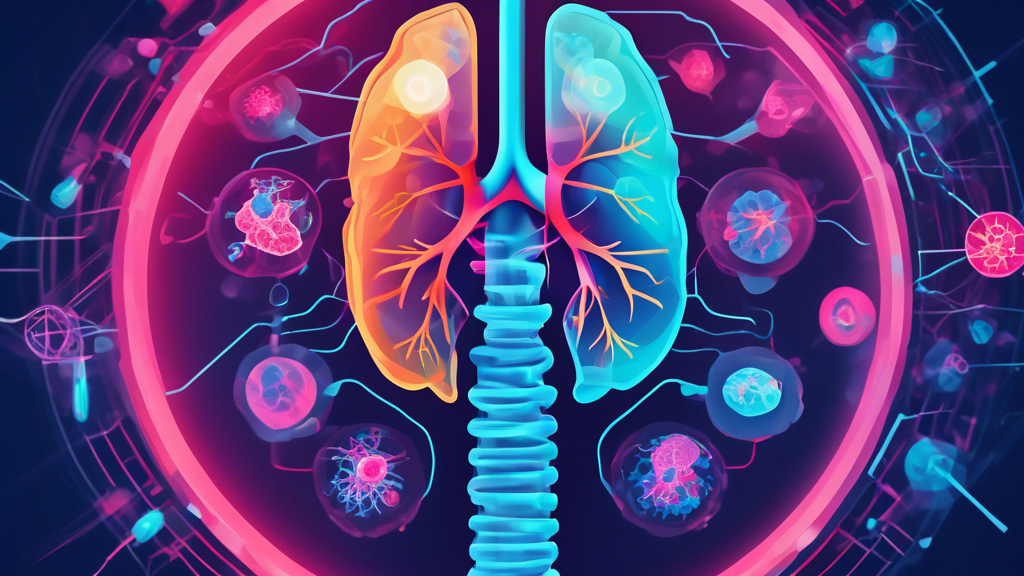How AI is Transforming Lung Cancer Diagnosis
Boosting Accuracy and Early Detection
Artificial intelligence is making waves in the medical field, and lung cancer diagnosis is one area seeing remarkable improvements. By leveraging AI algorithms like machine learning and deep learning, doctors can better detect and characterize lung nodules. Simply put, this tech helps in catching cancer early, making treatment more effective. Gone are the days when radiologists had to rely solely on their eyes. AI can analyze low-dose CT scans, PET-CT imaging, and chest X-rays together to spot suspicious nodules quickly.
Who would’ve thought a computer program could accurately tell the difference between a benign and a malignant nodule? Yet, here we are. AI algorithms do just that, assisting radiologists in making more informed decisions. Not only that, but AI also uses biomarkers and tumor markers to add another layer of specificity and accuracy, practically turning doctors into diagnostic superheroes.
Comprehensive Assessments and Predictive Abilities
AI doesn’t stop at identifying nodules. It goes beyond to provide a thorough diagnostic assessment by combining imaging data with patient history and genetic profiles. Imagine having all that info at your fingertips – it’s like having a supercharged medical assistant who never sleeps! This helps doctors make well-rounded decisions, considering every angle before proceeding with treatment.
But wait, there’s more! AI can predict how patients might respond to treatments. This means we can tailor therapies to individuals, optimizing outcomes and reducing unnecessary side effects. Researchers are even working on liquid biopsies that use AI to detect DNA fragment patterns associated with lung cancer in the blood. These patterns differ between healthy individuals and those with cancer, potentially allowing earlier and more reliable detection.
Real-World Applications and Future Possibilities
The cool thing is that these advancements aren’t just theoretical. AI-powered blood tests make cancer screening more accessible, leading to more early detections and, ultimately, better survival rates. For instance, AI simulations suggest that expanding these tests could quadruple the number of lung cancers detected early, potentially saving thousands of lives over five years. Imagine how many families could avoid the heartbreak of losing a loved one to lung cancer simply because a machine helped catch it early.
Now, let’s consider the broader impact. By making lung cancer screening more widespread, we may see a significant reduction in mortality rates. If AI-based blood tests become standard, the potential to prevent around 14,000 cancer deaths over five years isn’t just wishful thinking – it’s a realistic goal. So the next time you hear someone talking about the dangers of AI, remind them it’s not all doom and gloom. Sometimes, advances in technology can be lifesaving.
In summary, the integration of AI in lung cancer diagnosis is nothing short of revolutionary. From improving diagnostic accuracy to predicting treatment outcomes and making early detection more accessible, AI is a game-changer in the fight against lung cancer. And who knows? One day, we might look back and wonder how we ever managed without it.
